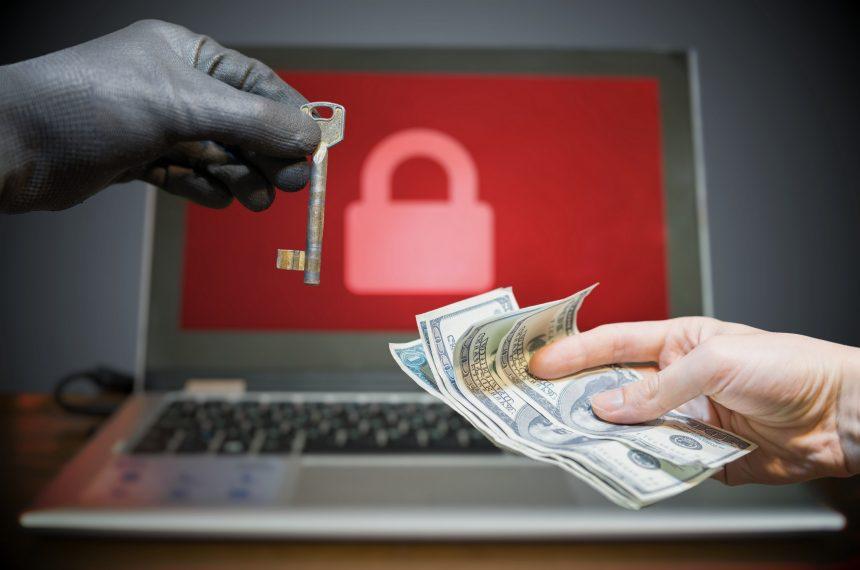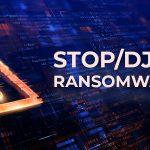In the ever-evolving landscape of cyber threats, the Z1n ransomware stands out as a formidable variant within the notorious Dharma family. Employing robust encryption techniques, this malicious software wreaks havoc on unsuspecting victims worldwide. This article provides a comprehensive examination of the Z1n ransomware, shedding light on its modus operandi, unique characteristics, and the potential devastation it can unleash on compromised systems. Crucially, we will delve into preventive measures, detection methods, and a thorough removal guide for those unfortunate enough to fall prey to this digital menace.
Z1n Ransomware Overview
Z1n is a perilous ransomware variant designed to encrypt files on infected systems, subsequently demanding ransom payments in Bitcoin for the release of decryption keys. As a member of the notorious Dharma family, Z1n employs powerful encryption algorithms, targeting a broad spectrum of files, ranging from personal documents and photos to critical system files, databases, and backups.
Key Features and Tactics
- File Encryption Across Networks:
Z1n distinguishes itself by encrypting an extensive range of file types, not only on local drives but also on connected network shares. This indiscriminate approach maximizes the potential for damage, causing significant data loss for victims. - File Naming Convention:
The ransomware appends a unique victim identification string, the attacker’s email address, and the .z1n extension to encrypted files. This tactic aims to facilitate communication with victims and streamline the payment process. - Ransom Notes for Psychological Manipulation:
After encrypting files, Z1n leaves ransom notes named “read.txt” in each directory, urging victims to contact the attackers via email for decryption. These notes employ language that induces urgency and implies that paying the ransom is the sole solution for file restoration. - Volume Shadow Copy Deletion Attempt:
Some Z1n variants attempt to delete Volume Shadow Copy backups and system restore points, hindering victims from utilizing automated backups to recover encrypted files. While not always successful, the ransomware aims to block potential recovery options. - Geo-IP Location Tracking:
Z1n incorporates geo-IP location tracking to identify the physical region of an infected system. By avoiding encryption in less affluent regions, the attackers optimize their efforts to target victims who are more likely to pay ransoms. - Disabling Windows Defender and Firewall:
To ensure persistence, Z1n attempts to disable Windows Defender and the firewall, preventing these security measures from detecting ransomware activity or impeding malicious processes.
Consequences of Z1n Infections
Victims of Z1n ransomware face dire consequences, including complete file encryption, changed file extensions, and ransom demands. The psychological toll is exacerbated by the ransom notes, creating an atmosphere of urgency and dependence on the attackers for file recovery.
Detection Names and Similar Threats
Security researchers identify Z1n using various detection names, including Trojan.Ransom.Crysis.E, Trojan-Ransom.Win32.Crusis.to, Ransom-Dharma!187085F60A15, and others. Similar threats within the Dharma family may share common characteristics, emphasizing the need for vigilant cybersecurity practices.
Preventive Measures
To safeguard against Z1n and similar threats, implement the following best practices:
- Educate Users on Phishing Risks: Inform yourself and others about recognizing phishing emails, the primary vector for Z1n infections.
- Regular Software Updates:
Keep all software, including operating systems and security applications, up to date to patch vulnerabilities and prevent exploitation. - Secure Remote Desktop Protocol (RDP):
Strengthen RDP access with strong passwords and two-factor authentication to mitigate unauthorized access. - Backup Regularly:
Implement a robust backup strategy, storing backups offline or on secured network locations to facilitate recovery without succumbing to ransom demands. - Security Awareness Training:
Continuously educate yourself on cybersecurity best practices, emphasizing the importance of cautious online behavior.
Z1n Ransomware Removal Guide
If infected with Z1n, follow these steps for removal and potential file recovery:
- Isolate the Infected System:
Disconnect the infected system from the network to prevent further spread. - Identify and Terminate Malicious Processes:
Use Task Manager to identify and terminate processes associated with Z1n ransomware. - Restore Files from Backups:
If available, restore files from offline backups to avoid paying the ransom. - Use Anti-Malware Tools:
Employ reputable anti-malware tools to scan and remove any remaining traces of the ransomware. - Seek Professional Assistance:
If difficulties persist, consult cybersecurity professionals for specialized assistance.
Conclusion
The Z1n ransomware poses a significant threat to individuals and organizations globally, emphasizing the critical importance of cybersecurity preparedness. By understanding its tactics, implementing preventive measures, and following a systematic removal guide, users can fortify their defenses against this menacing digital adversary. As the cybersecurity landscape continues to evolve, staying informed and adopting proactive measures remains the key to thwarting the advances of ransomware threats like Z1n.





